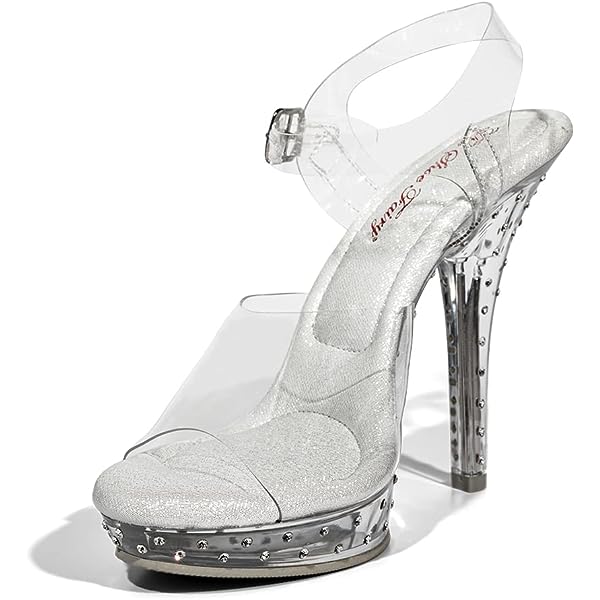Good shoes will help you feel the best you can and help prevent injuries. Your choice of footwear can affect the entire body, not just your feet.
1. Pick a pair of shoes that have a solid foundation.
The body is supported by shoes, just like the foundations of the house. If a home is constructed on a soft, mushy base, the structure is likely to be unstable and out of alignment. It’s the same for your body if you wear an item with a squishy base. Examine the foundation of a pair by gently bending it towards the toe. If it splits, this is a sign that it’s too soft. If it does bend but is mostly rigid, it’s supported well.
2. Check that it is supported by an arch.
Certain stylish shoes like Vans, Chucks, and others are made with a flat sole, which could cause discomfort over time. Shoes with arches offer assistance across the foot’s bottom, which gives you more stability and balance.
It’s best to pick shoes with an integrated arch instead of using an extra insert. If you have to purchase an insert, don’t buy off the shelves at an outlet retailer. Go to a store that is specialized, such as Lincoln Running Company. Lincoln Running Company, where you will be able to fit your foot to fit the right insert.
3. Choose lacing.
Generally speaking, shoes that tie up are preferable to slip-on as they offer more support and help keep your feet in place against the sole of the shoe. Birkenstocks are sandals; for instance, they have an arch, but they won’t shield your feet as effectively as tennis shoes or running shoes.
4. Purchase for the type of your feet and level of comfort.
Don’t purchase a pair of shoes just because you like the color, or it’s on sale, or your friend suggested it. Select a shoe that’s most suitable for your needs.
Begin by having your feet measured by an expert at a shoe shop to determine the right size and width you require. Have your feet measured at least every couple of years due to the fact that the shape and size of your feet may change with time.
Then, you can try different designs and brands until you discover the one that feels at ease for you. Don’t let your brand’s loyalty stop you from exploring the choices.
As a rule of thumb, stay away from shoes with narrow toe boxes and do not have a minimum finger-width gap between your large toe and the edge. Make sure to stand up and walk through the shoes to feel how they feel when you lay your feet on their back.
5. Replace worn and old shoes.
Shoes don’t last forever. Change them when the material on the sole of your shoes starts to wear down around the heels or the balls of your feet. If you are able to get rid of your old footwear, you can use this opportunity to test out new styles and brands. Sometimes, the classics you have been wearing for years are still the best shoes for you, or perhaps you’ll find an entirely new one. Be open to new ideas.
6. Be aware of high heels.
It’s not a secret that heels create strain on the body, particularly when worn for extended durations of time. If you can, opt for heels over flats. If you decide on heels, ask someone else to pick you up at the location or park nearby so you don’t have to travel long distances in heels. Better still, wear footwear for walking to your venue, then change into heels before you get in.
7. Seek help if you are suffering from discomfort.
Shoes that are not properly fitted may cause pain in the feet but also in the calves, shins, hips, knees, and lower back. If you feel pain in your lower back, calves, shins, and hips, then you need to upgrade to a fit, comfortable sporting shoe and tennis shoe. If you’re still feeling discomfort, its time to visit The Shoe Fairy.
Physical therapy team is able to help students deal with various injuries and strains that are associated with daily life as a student. If you believe you would benefit from their help, consult a physician in the Health Center or in another location for an appointment for physical therapy.




